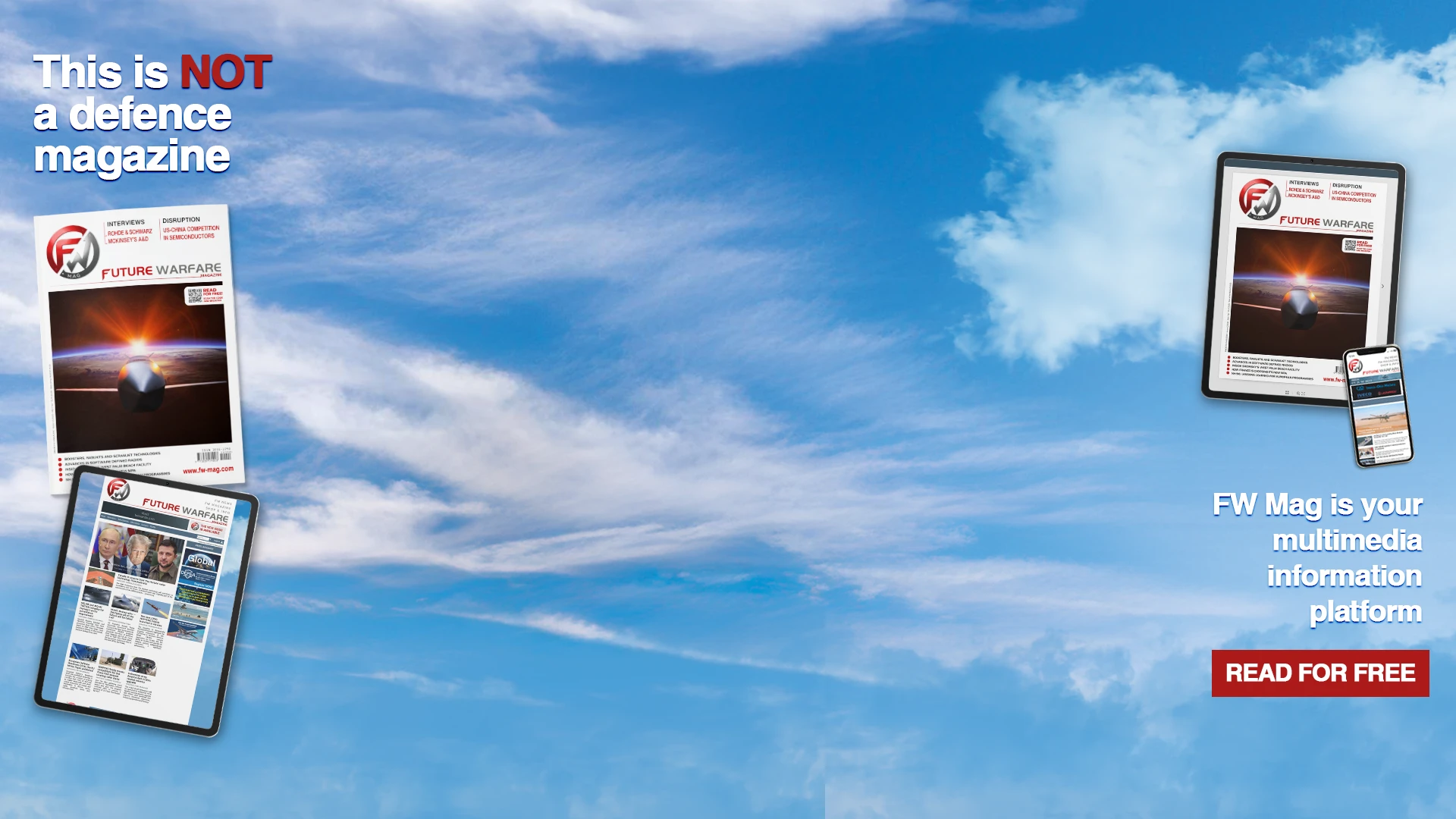
On July 9, works formally began on the NATO 2024 Summit, which is being held in Washington D.C. until Thursday.
At a press conference held a few days ago, the Secretary General of the Alliance, Jens Stoltenberg, made a number of statements regarding the main points on the agenda:
- Strengthening the core business of the Organisation, namely the defence and deterrence capabilities of its territory
- Unconditional assistance to Ukraine.
- Partnerships and the consolidation of cohesion with the Alliance's partner countries, with a focus on the Indo-Pacific and Europe, but also on Africa and the Gulf countries, all areas of primary importance given the growing assertiveness showed by Russia, but also China.
As far as assistance to Kiev is concerned, Stoltenberg said that the Heads of State and Government of the 32 participating countries will discuss the approval of new aid packages for Ukraine, mainly focused on the supply of anti-aircraft and anti-missile defence systems, as well as ammunition.
Works went underway in the afternoon with a press conference of the Alliance Secretary General organised within the framework of the NATO Summit Defence Industry Forum. On this occasion, it was anticipated that one of the objectives of this year's Summit will be to sign and adopt a new commitment in the investment and industry sector, with the aim of making it more solid, innovative and capable of exploiting the economies of scale resulting from more synergic and robust cooperation between the various national conduits of the Member States, a fundamental concept in a geostrategic context characterised by unprecedented hypercompetition.
On the subject of investments, however, Stoltenberg described himself as satisfied with the progress made over the past 10 years on burden sharing, when the Summit held in September 2014 in Wales, the first following Russia's annexation of Crimea, set a target of 2% of Defence spending as a minimum percentage of national GDP, of which 20% in procurement.
While in 2014 only three countries reached the threshold of the minimum expenditure ceiling - the United States, Greece and the United Kingdom - in 2024 the figure rose to 23. Among these, alas, Italy lags behind. However, Prime Minister Meloni declared today in Washington that Italy will fulfil its commitment to reach the 2% threshold, with "its own timeframe and compatibly with its possibilities".
Regarding aid to Kiev, on the other hand, Meloni will sign, on the second day, a declaration stating Italy's commitment to spend USD 1.7 billion over the next year, roughly EUR 1.6 billion, both in the form of armaments and other goods and services.
This figures is EUR 400 million higher than Italy's expenditures for Ukraine since the beginning of the war. According to some official estimates, Rome would have spent, every 12 months from 24 February 2022, approximately EUR 1.2 billion on aid to Kiev. The fact remains that the above represents a 'mere' commitment on the part of our government, which despite its relevance, is not binding.
For Italy, which has made the Enlarged Mediterranean its main area of strategic interest for decades now, it is crucial to maintain a high focus on the southern front and to combine the Alliance's overall interest with its own. An extremely rich agenda, as has been the case for the past two years, worsened by the Middle East crisis, not only in relation to the Gaza Strip, but also to the events in the Red Sea and the growing tensions in Lebanon, which now seem to be heading inevitably towards escalation.
Playiiing in the 'background', also the US elections, with the Trump-Biden confrontation which, depending on the outcome, could influence the Alliance's internal 'balances', as well as its positioning, especially with regard to the War in Ukraine.








.png)
